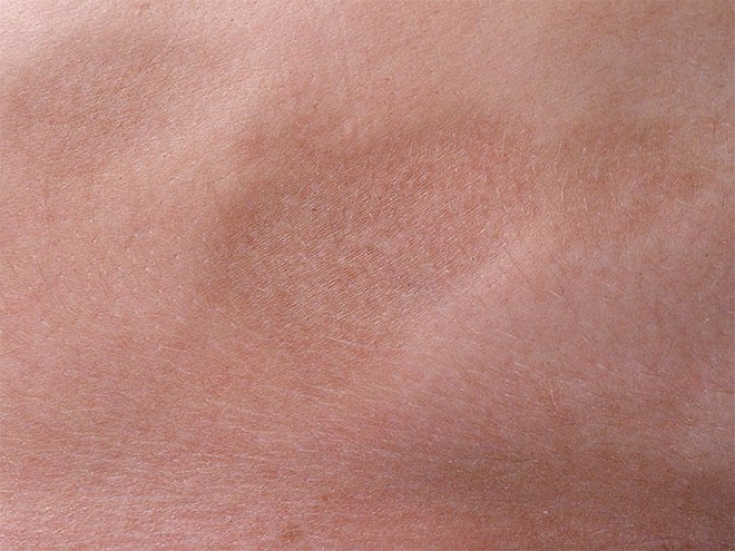Rare dermatological diseases, unfortunately, often go unnoticed by doctors. Of course, the likelihood of such a pathology is much less than the incidence of such common diseases as, for example, acne or allergic dermatitis, but the consequences of an untimely diagnosed rare dermatological pathology can be much more serious. In today's article on estet-portal.com, read about the most effective methods for diagnosing and treating rare non-inflammatory dermatosis – patchy skin atrophy.
Effective methods of diagnosis and treatment of patchy skin atrophy
Spotted skin atrophy or anetoderma – this is a rather rare disease in which, for one reason or another, the destruction of elastin fibers occurs in the body. The result of this is the appearance of lesions on the skin, which later become foci of atrophy.
The process of elastin destruction is non-reversible, which is why it is so important to start treatment of anetoderma as soon as possible and prevent the spread of the disease.
Clinically observed three types of anetoderma – erythematous, urticarial and tumor-like, however, the methods of diagnosis and treatment are the same for each type of pathology.
Skin patchy atrophy:
- basic methods for diagnosing patchy skin atrophy;
- treatment of patchy skin atrophy: effective methods;
- prognosis for patchy skin atrophy: what awaits the patient.
Basic methods for diagnosing patchy skin atrophy
Diagnosis of patchy atrophy of the skin is not difficult, since the disease has a fairly characteristic clinical picture. To confirm the diagnosis, a biopsy of the affected areas of the skin is performed:
- at an early stage of the pathological process, microscopic signs of inflammation are observed in the lesions, and around
vessels - large accumulations of lymphocytes, neutrophils and eosinophils;
- at the later stages of the pathological process the surface layer of the skin becomes noticeably thinner, the number of leukocytes decreases around the vessels, and destruction of elastin fibers is observed.
Additionally, patients may be prescribed laboratory tests, such as analysis for autoantibodies to thyroid tissues, detection of antiphospholipid antibodies, antinuclear antibodies, and others.

Treatment of patchy skin atrophy: effective methods
Treatment of patchy skin atrophy is quite a complicated process. The later stage of the pathological process is diagnosed in the patient – the worse the disease is treatable. The following treatments are used:
- vitamin therapy – retinol, tocopherol, group B drugs are prescribed;
- angioprotective agents;
- drugs that suppress an abnormal immune response;
- benzylpenicillin is recommended in the early stages;
- compresses with lidase solution;
- phonophoresis with dimexide and tocopherol solutions;
- electrophoresis with lidase solution;
- paraffin applications;
- ointments that improve tissue nutrition and restore them.
If the patient has small isolated lesions of skin atrophy located on the face, it is possible to remove them using laser therapy, radioknife or other methods of tissue removal.
Prognosis for patchy skin atrophy: what awaits the patient
The prognosis for patchy skin atrophy directly depends on the stage at which the disease was detected in the patient. Since anetoderma has a gradually progressive course, and skin rashes do not cause any discomfort in the patient – he may not pay attention to the pathology for a long time, and not turn to specialists. At the same time, elastin fibers are actively destroyed in the skin, and this process is irreversible.
The pathology is not a threat to the life of the patient, and does not significantly impair its quality, except in cases where pathological foci appear on the face and become a pronounced cosmetic defect.
However, timely detection of the disease will help to start treatment as soon as possible, and effectively solve the problem. estet-portal.com thanks you for your attention.
See also: "Aspects of the medical treatment of perioral dermatitis".







Add a comment